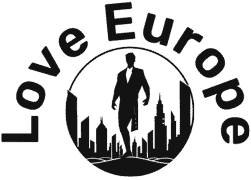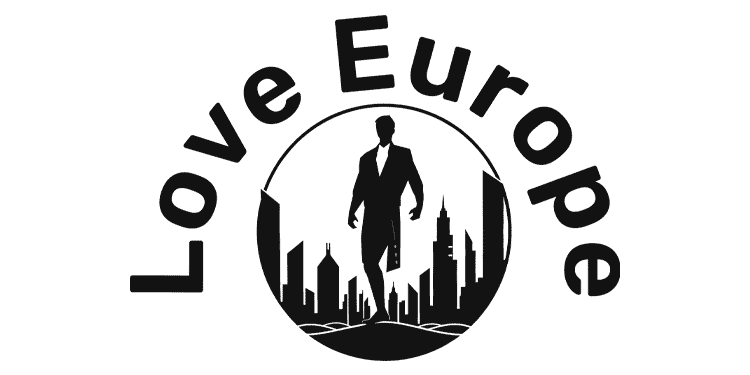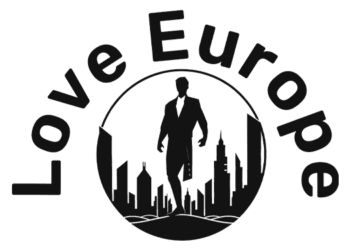The pretty Slovenian capital, Ljubljana
Credit: iStock
This national affection flickers at the pretty heart of Ljubljana. It is visible by the river on Medarska Ulica – “Honeysellers Street”. Admittedly, this thin lane is no longer devoted to such a trade, but the adjacent square of Pogacarjev Trg has picked up the baton, with stalls selling jars of gold-amber and bottles of potent farm-made honey liquor. It is there too, on Copova Ulica, where the wrought-iron canopy above the 1904 Mestna Hranilnica bank features a bee, a symbol of hard work reaping its own rewards – and at the National Museum, on Muzejska Ulica, where a bee motif floats over the right-hand entrance door.
Fifteen miles north-east, in the village of Lukovica, matters take a more formal tone. The headquarters of the Slovenian Beekeepers’ Association crowns a low hill – and takes its job seriously, with a laboratory for testing independent producers’ honey to make sure of the requisite quality.
May 20 has long been a red-letter date in Slovenia, saluted with honey-related festivities as the birthday of Anton Jansa – a beekeeping pioneer, born in nearby Breznica (35 miles north-west of Ljubljana) in 1734, who developed such expertise that he was summoned to the Habsburg court in Vienna to impart it. Three centuries on, the association successfully petitioned the UN to make this Slovenian hurrah a global affair – the first World Bee Day was held on May 20 2018.
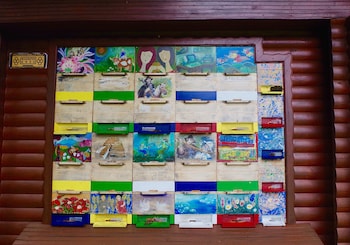
Slovenia enjoys more aesthetically pleasing hives than much of the world
An oddity to add to the calendar? Not at all, says the association’s Peter Kozmus, leading me outdoors to show me Jansa’s legacy. The Slovenian beehive looks like no such thing. Rather than the hard, covered apparatus that is the conventional hive – where honeycomb frames are removed by pulling them up and out – Slovenia deploys clusters of mini-hives that resemble rows of colourful PO boxes. Bees enter via narrow grooves at the front – the frames are removed horizontally and from behind, in a room inside the structure. This, Kozmus explains, is less stressful for bees – and less likely to result in stings for keepers.
But the Slovenian beehive goes beyond pragmatism and into folklore. So much becomes clear in Radovljica. This small town, 30 miles north-west of Ljubljana, is an embodiment of Slovenian beauty, pitched alongside the early currents of the Sava, that major river of the Balkans – with mountains in the distance, and a medieval kernel cocooned at its core.
Within, the Museum of Apiculture dissects the meaning and methodology of the country’s beekeeping – not least the ornate painted panels that traditionally adorn every mini-hive. There are long rows of them here, many dating to the 18th century. Some are religious (the Virgin Mary blessing a swarm), some romantic (images of wives and girlfriends), some superstitious (devils driving beer carts), some happy documents of local life (ploughs and oxen, schools in session, weddings, festivals).
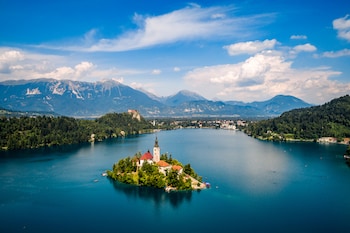
Radovljica is a couple of miles from the famous Lake Bled
Credit: Getty
Alongside, information boards detail the range and habitat of the Carniolan bee (it is also found in Croatia, Hungary and Bulgaria). And outside, on Linhartov Trg, the end product comes into focus at Pension Lectar, a hotel-restaurant where flavoursome “honeybread” biscuits are made in a downstairs museum – and punchy honey beers are served to diners.
If this is the final act of the pollen-gathering process, then it is fascinating to see the start of it. A short hop away, on the other side of the Sava in the hamlet of Selo pri Bledu, Blaz Ambrozic is an evangelist who has turned his farm into an apicultural temple, giving tours and advice to would-be beekeepers – as well as to visitors who want to buy his honey. He throws me a net-veil protective hat as soon as I arrive, so that I can stand closer to his main hive – and even encourages me to place tentative fingers into its belly. Its Carniolan residents, preoccupied, are unmoved. Ambrozic beams like a proud father. “Every bee has a specific role,” he explains. “Some are collectors, others guard-dogs or kindergarten nurses. If our governments operated as efficiently as bee colonies, we would see a lot more done.”
Their importance, he stresses, cannot be underestimated. “Bees are under threat. This is why we campaigned, in Slovenia, for World Bee Day. If bees are not here, then there is less pollination – and less food. With less food, there is starvation – and war. It’s that simple.”
His enthusiasm goes beyond good practice into the newer area of “apitherapy”. He is not alone in this. Across Slovenia, beekeepers have been modifying their hives to make them more interactive. In Ambrozic’s case, he has expanded his largest hive into an L-shape, with a padded bunk-bed in the added corner. Lie down here, and you can peer through glass and watch the bees as they buzz in and out. He also hands me a tube, with a breathing mask attached, which is plugged into the hive – it is designed to let visitors inhale the warm, nectar-heavy air within. I cannot say I feel any instant health benefits in doing this – but 10 minutes gazing at these tireless creatures as they flit in and out of base has an almost hypnotically calming effect.
Some have taken this concept of the bee as a purveyor of relaxation even further. I travel east, to the picture book town of Mozirje, where Beeland is a flash of ingenuity – not, as its name suggests, an unlikely honey-themed funfair, but an inventive nugget of accommodation set in a leafy valley.
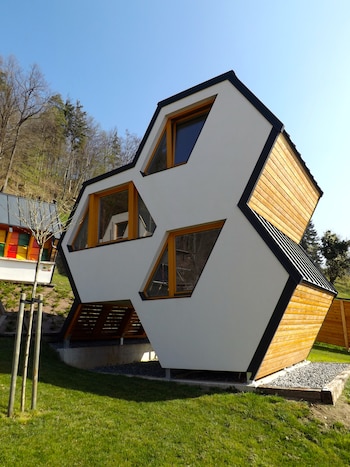
Fancy a stay in a Beeland apartment?
Here, too, a hive has been converted for apitherapy. But the star attraction is a quartet of honeycomb-shaped chalets, each with three levels – an en-suite bedroom; a kitchen and living space; a top-floor sauna and hot tub.
They are as cosy as they are clever, and the pastoral vista through the window supplies an extra visual compliment, wildflowers swaying in the breeze.
It is tricky to say whether bees or tourists will appreciate this panorama more – but both can surely draw inspiration from it.
Getting there
easyJet flies to Ljubljana from Stansted and Gatwick – from £51 return.
Touring there
Slovenian specialist ApiRoutes’ (00386 2229 8360; authentic-routes.com) offers a four-day “Slovenia Eco Tour” which includes a visit to a beekeeper, for €660 (£594) per person (no flights); Blaz Ambrozic offers farm tours for €4 per person (kralov-med.si).
Staying there
Hotel Park, Ljubljana (hotelpark.si). Double rooms from €70, with breakfast.
Pension Lectar, Radovljica (lectar.com). Double rooms from €89, with breakfast.
Beeland, Mozirje (apartmajimozirje.si). Honeycomb chalets from €110 per night.
Further information
slovenia.info; visitljubljana.com
Source link : https://www.telegraph.co.uk/travel/destinations/europe/slovenia/articles/beekeeping-slovenia-world-bee-day-ljubljana/
Author :
Publish date : 2019-10-10 07:00:00
Copyright for syndicated content belongs to the linked Source.
